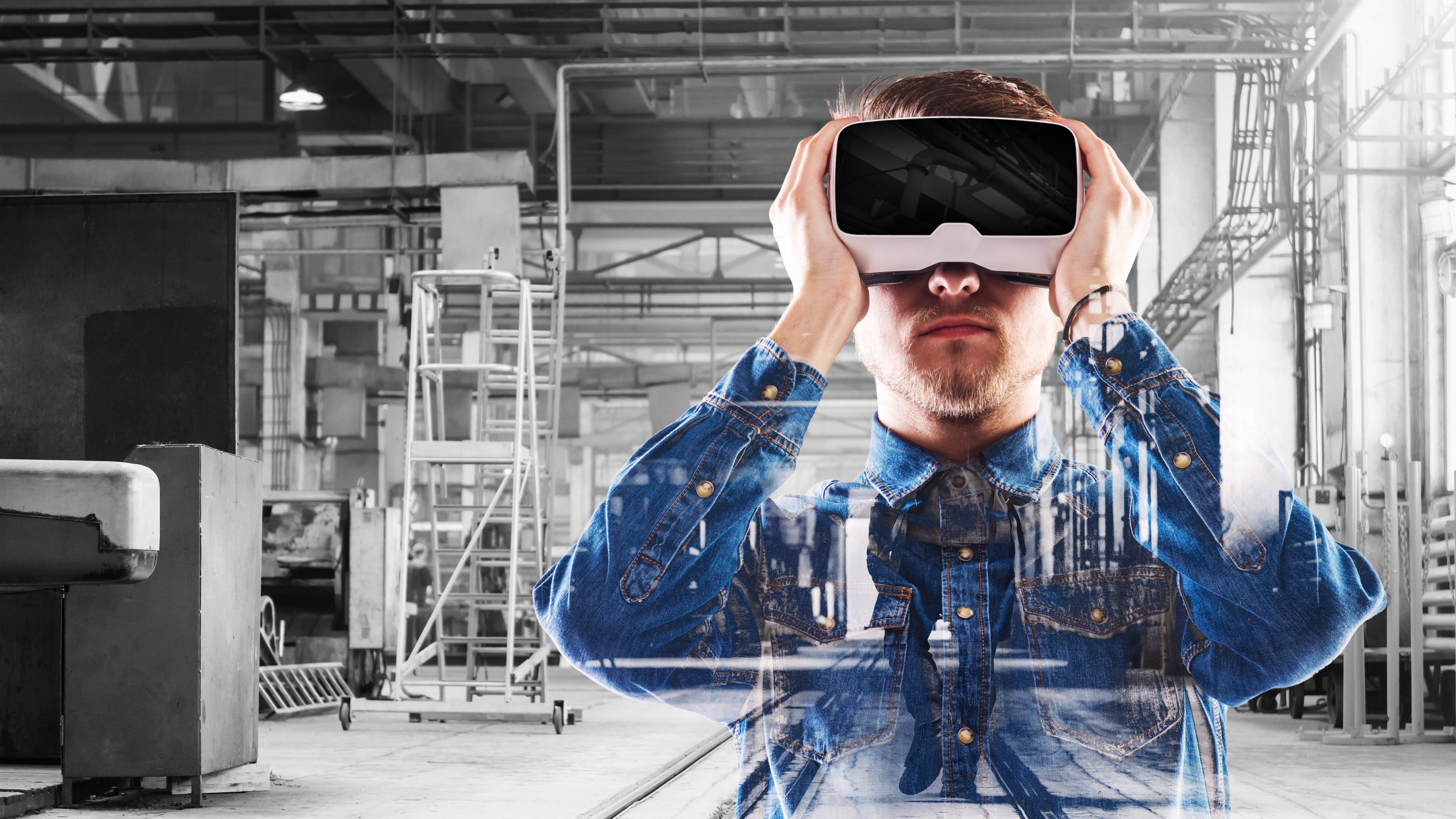In the past, technologies such as virtual, augmented and mixed reality were something out of a science fiction movie – fantasy and futuristic. Fast forward to today and all that has changed. These revolutionary visualization technologies are now being used by industrial companies to enable digital transformation, and provide the capability to become smarter, faster and leaner.
These new visualization technologies can address a number of common industry challenges. For example, many companies are experiencing a shortage of qualified workers; aging experts are retiring; turnover rates are high; recruiting is becoming increasingly difficult and products are becoming more complex.
Thankfully, new visualization technologies can help. Organizations that have already implemented visualization technologies are seeing measurable ROI in several areas of their business, including training, manufacturing, service, and sales and marketing.
Implementing these technologies requires proper planning, including identifying the technology that will best fit your needs, as well as how it will be adapted into existing process, workflows, and systems.
What you need to consider?
PTC has identified six critical steps to help customers drive efficiency and innovation in their industrial enterprise by overlapping digital information on the physical world:
Step One: Identify the Business Case
To better understand where augmented reality (AR) can provide the greatest value to your business, you first need to identify your biggest challenges. AR offers capabilities such as remote ‘over the shoulder’ guidance, virtual demonstrations that provide full scale product visualization, and step by step procedural guidance or instructions.
Step Two: Communicate and Collaborate to Maximise Success
Having a trusted team who understands your AR goals will help you to identify and overcome potential obstacles, while providing additional project support. Project owners should get input from across the organization including both end users and subject experts. They should educate key decision makers on the value of AR solutions.
Step Three: Start Small with Short-Term Wins
According to research from IDC, the number one reason that businesses use AR is to increase manufacturing efficiency by helping workers perform their jobs more effectively. To do that, AR experiences and hardware need to be simple, straightforward and helpful to the end user.
Step Four: Gather AR Knowledge
Successfully implementing industrial AR at the enterprise level requires a mix of hardware, software, and services. AR solution providers that have experience with enterprise transformation will know exactly where and how AR can reduce costs, increase productivity, and improve training and skill adoption for new and existing workers. Read their blogs, watch their videos, and talk to their experts to understand how their solutions align with your business needs.
Step Five: Prioritize the User Experience
The AR user experience should be intuitive, instructional and easily reproduceable. It will vary depending on the use case and who the target user is, but it is important to design experiences that reflect user intent, and to involve them early and often in the testing and development phases.
Step Six: Measure the Results
Now that you have done the legwork and completed the planning and development stages for your AR program, it is time to deploy it and start measuring results – as soon as possible. Gathering a pre-AR baseline with key metrics you’ve identified will help you connect your results to immediate business value and allow you to better track progress over time.

